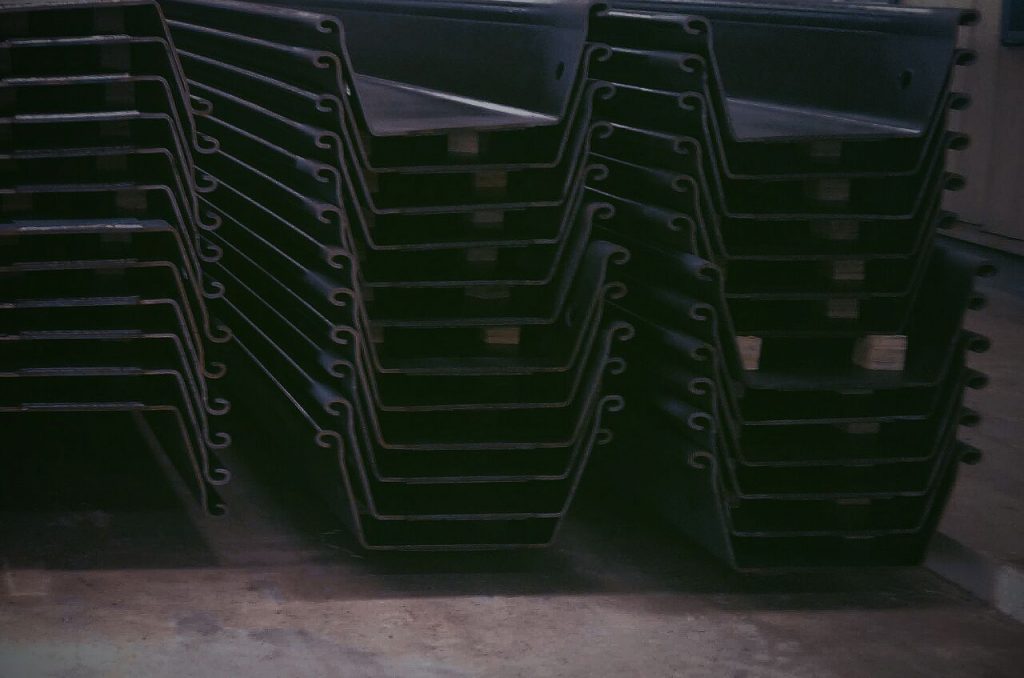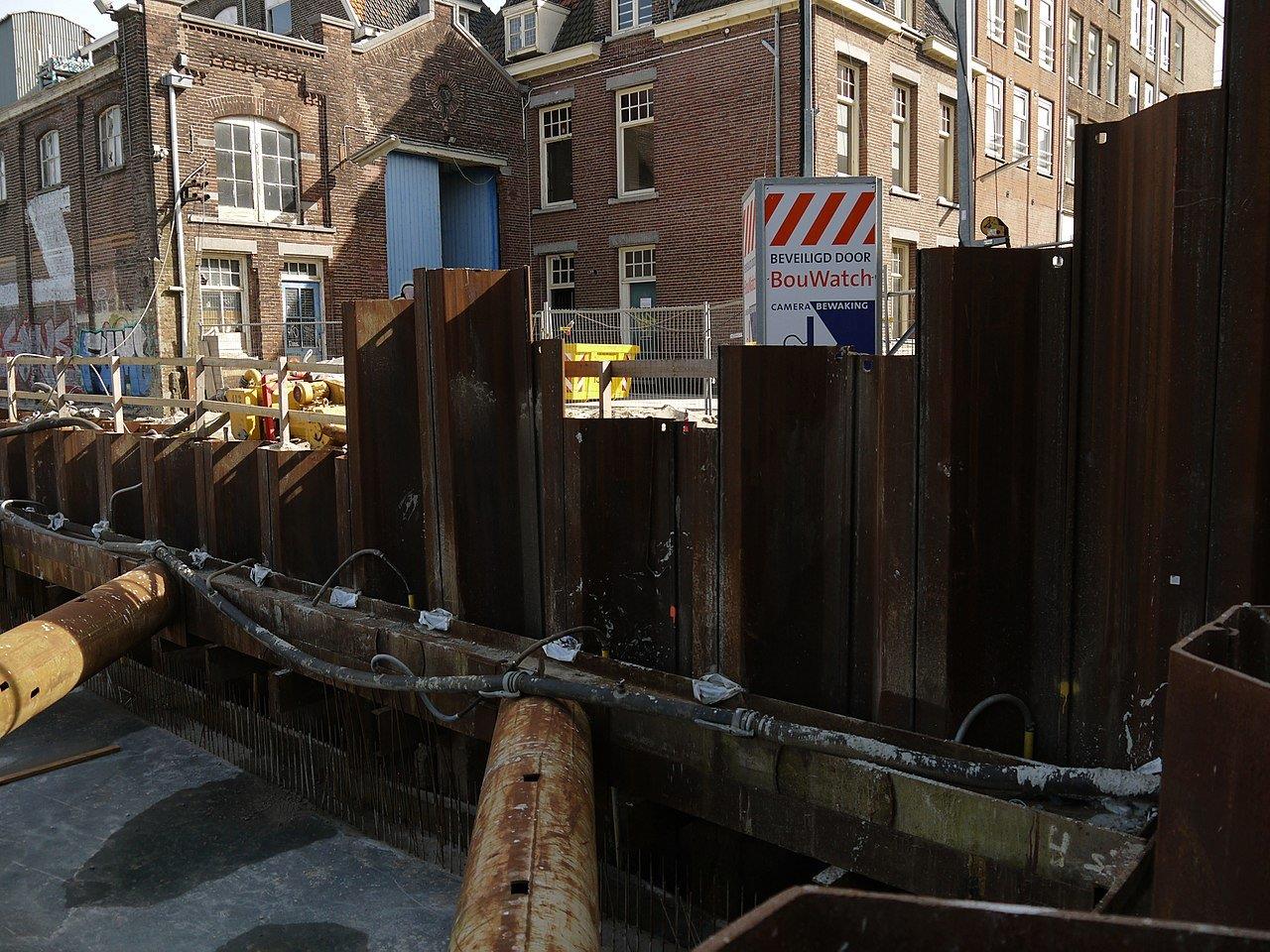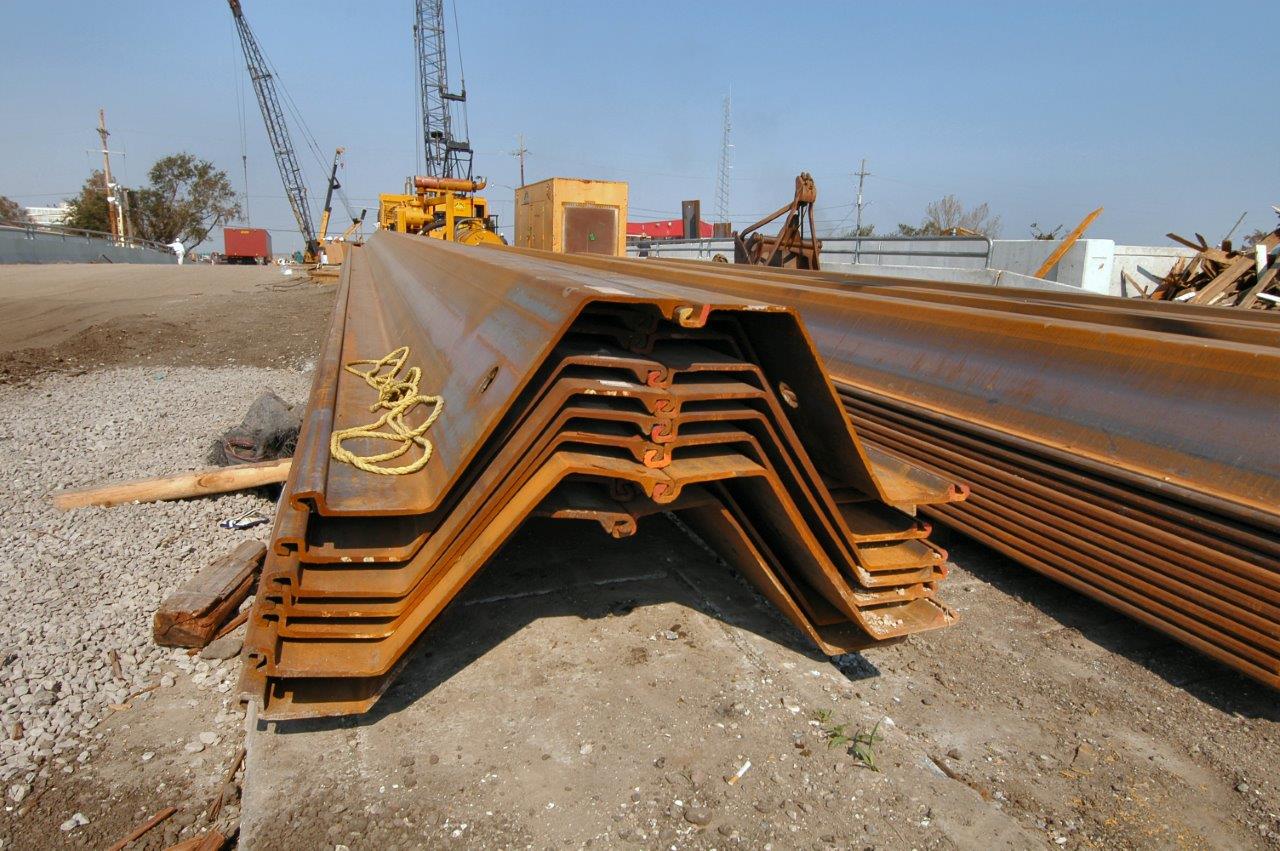Everything You Need to Know About Sheet Piles

What are the things you should know about sheet piles?
- What are sheet piles?
- How do sheet piles work?
- Excellent advantages of using sheet pile
- The different types of sheet piles
- How are sheet piles installed?
Have you ever wondered how sea walls are constructed sturdily? Not only does it set a firm separation between sea and land but it withstands water pressure too. It’s a real wonder how certain structures like this are built beneath. From the construction of underground facilities like basements, car parks, tunnels, transit systems, land reclamation to building foundations for high rise buildings, a common player keeps the game. A firm support called sheet piles is what keeps these things from falling apart. Here’s what you need to know about sheet plies:
What are Sheet Piles?
For most construction sites, you can easily spot pillars of steel being driven into the ground, erected in a connective series with edges interlocking with each other. Those are exactly what sheet piles are. Although they are most commonly made of steel, they also come in timber and reinforced concrete. Selection varies based on the complexity of the project and the nature of the structure. When arranged together, they create a temporary or permanent wall for support.
Sheet piles most commonly provide water and soil retention, land reclamation, and excavation support. As aforementioned, they are widely used for constructing underground structures, waterfront structures, riverbank protection, sea wall, cofferdams, and bridge abutments.
How Do Sheet Piles Work?

The main concept of sheet piles is providing a retention job that will ensure the firm foundation of certain structures. Wherever a portion of land or water needs to be held back, steel sheets are wedged to withstand probable damage.
For example, in building foundations for high rise buildings, ground excavation is required. Once the earth’s layers are removed in deeper depths, an exceeded amount of terrain emerges and would otherwise collapse if not held back. This is where the use of sheet piles enters. They are driven side by side, creating a retaining border that withstands pressure and keeps the soil away from the structure. Variable designs of sheet piling are used for a specific retention job. When applied properly, this prevents the risk of erosion, landslides, and water breech.
Excellent Advantages Of Using Sheet Pile
Since sheet piling provides stability and strength for a lot of edifices, using them to protect or pre-construct your next project comes with the following advantages:
- Sheet piles are recyclable and reusable.
- They are light-weight which enables ease of handling
- They can be used temporarily or permanently
- They come in a wide range of lengths, sizes, and adaptable designs
- They can be reused on several projects.
- They have a long service life above or underwater while requiring little maintenance
- They are cost-effective and can be installed using silent and vibration-free methods.
- Joints can withstand high pressure which makes them less prone to damage while driving
- Work supervision can be reduced on-site, and minimal storage space is required.
- Joints can be close-fitting to form a sufficient water seal.
- Anchored sheet piled walls allow more adaptability for installation purposes.
Different Types Of Sheet Piles

Timber sheet piles
Timber sheet piles are made of wood planks that are fit for resisting light pressures. Given its composition, they are not ideal for heavy construction. Whereas ground excavation is not immense and the water problem is not serious, this type of pile is commonly used. While they are not suitable for heavy lateral loads, they could potentially last longer in marine environments. However, this process would require proper preservation to increase its durability.
Reinforced concrete sheet piles
Reinforced concrete sheet piles consist of precast concrete members, usually with tongue and groove joints. This type of pile is usually heavy and bulky which increases its driving resistance. Therefore, reinforcement is provided to avoid damage due to driving stresses. Considering its design, they are advantageously used in river embankments, canals, and other marine structures.
Steel sheet piles
Lastly, steel sheet piles are the most common form of sheet piles. This type of pile is equipped with long steel sections that are connected with an interlocking system, enabling the formation of a continuous wall. Provided its steel composition, it has good resistance over driving stresses, has excellent water tightness, highly adaptable pile length, and has long life spans on both above and underwater.
How Are Sheet Piles Installed?
Sheet piles need to be examined for cracks and interlocking systems before being installed in a variety of processes. Below are three of the most standard installation techniques:
Vibration: This is the most common method which uses a vibratory hammer. Piles are interlocked next to each other with a clamp. Afterward, vibration is used to embed them in the excavated ground.
Pressing: Through this process, sheet piles are pressed into the ground with the use of a hydraulic machine. This is a low noise method that is ideal for sites with noise prohibition.
Excavation: Sheet piles are installed in an excavated ground. Cement bentonite is filled within the trench to retain its walls. The sheets are then installed while the cement bentonite is set.
While there are a lot of ways to install piles, deciding for the best method is made according to these parameters: pile’s condition, section and length, driving equipment, type of wall (permanent vs. temporary), soil conditions, and interlock sealing systems. Installation could also be hindered by soil obstacles. For instance, partial excavation is used for removal.
Key Takeaway
We hope that we’ve given you all the information that you need on what you should know about sheet plies. Sheet piles are of great relevance for a number of structures around us. From the most complex to the simplest ones, all are built from thorough pre-construction and sturdy foundations. It is to no avail that no matter the advances in industrialism, sheet piles still play vast applicability in the construction industry.


